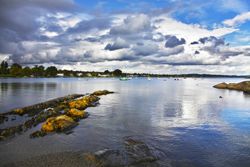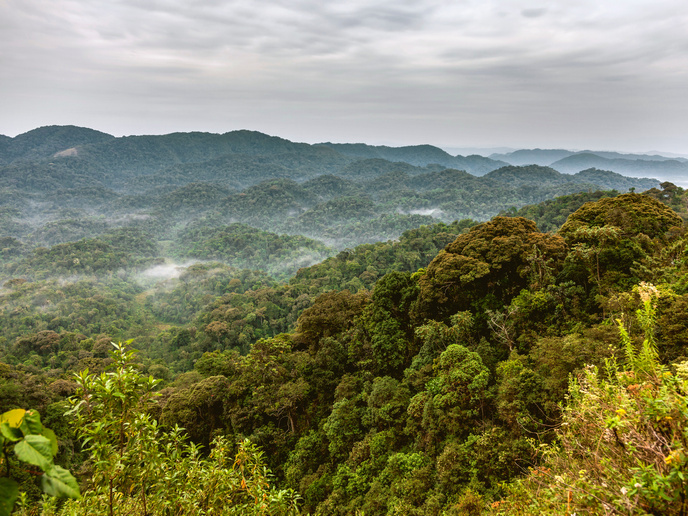Water management tools for the Thau Lagoon
The DITTY project has developed a scientific and operational basis for the sustainable use of the Thau lagoon in southern France. At 21km in length and 8km wide, it is the largest of a series of coastal lakes in the south of France. It is also the centre of a thriving shellfish industry. An integrated approach was developed for the lagoon, its catchment area and its connections with the sea using a geographic information system (GIS). The results showed that the method employed was within the framework of the European Water Directive for Transitional Coastal Waters. One major area of concern to both the research team and lagoon's end-users was the threat to water quality and shellfish from bacterial contamination. Therefore, a method was developed which simulated the impact of microbial contamination from wastewater and urban development. A maximum allowable flux (MAF) was calculated for each river draining into the lagoon. The MAF was defined as a threshold value, above which shellfish farming zones are considered to be subject to the impacts of bacteriological contamination. The results were discussed from a water management perspective with the lagoon's end-users. It was particularly important to calculate the change in bacteria levels in the lagoon during flood events and compare the values with the MAF. Flood events represent the greatest risk of contamination by bacteria. If the flux of a given river was below the MAF, no improvement to the wastewater processing was necessary. If changes in bacterial levels were found to be higher than the MAF values, action was taken by wastewater treatment plants. This involved the best way to reduce the levels of bacteria. A decision support system (DSS) was developed for the lagoon which gave end-users different scenarios according to financial, socio-economic and environmental constraints. The different scenarios were then ranked according to the requirements of the end-users. The OMEGA THAU programme was used to identify new management tools and forecast environmental crisis through the use of early warning systems.







